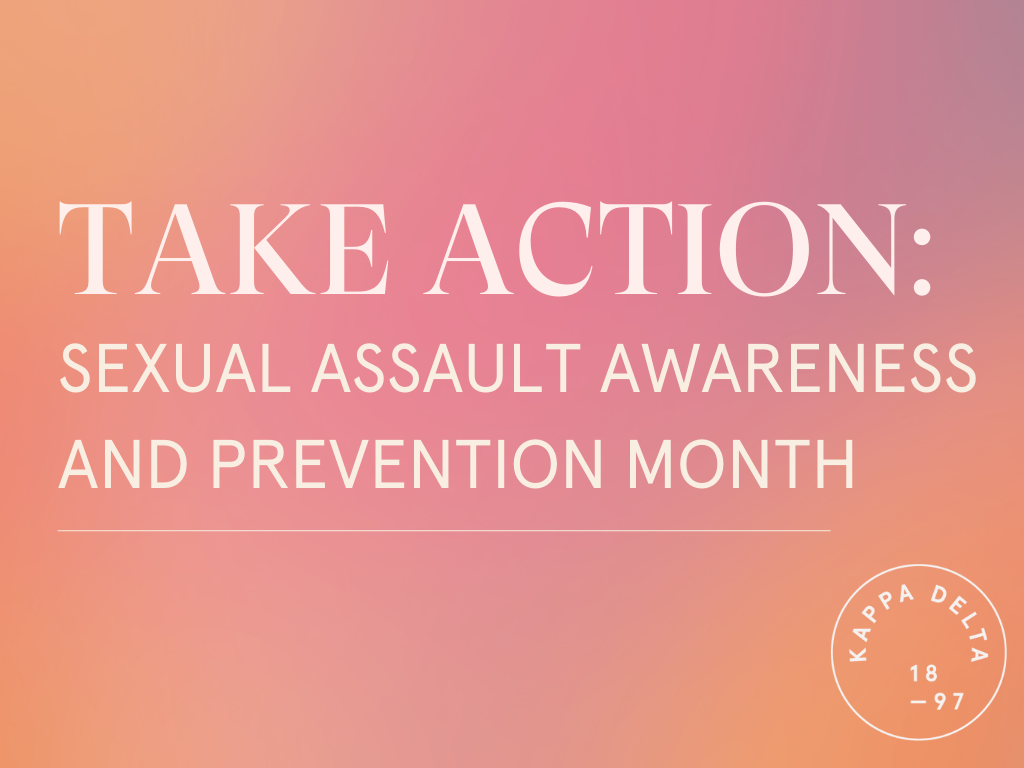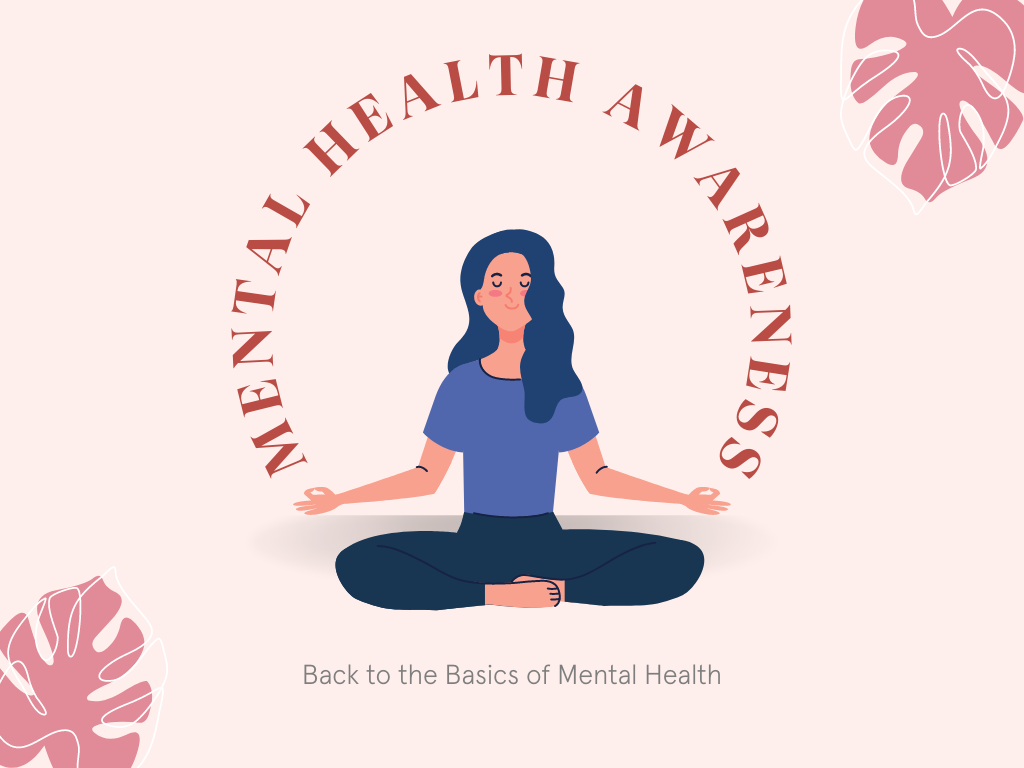April 19, 2022
Trigger Warning: This post contains language that can be triggering for someone who has experienced sexual assault.
April is opens in a new windowSexual Assault Awareness and Prevention Month. The devastating truth is sexual assault is one of the most prevalent crimes in the U.S.
-
- Somewhere in America, a woman is raped every two minutes. opens in a new window1 That means one out of every six American women has been the victim in her lifetime. opens in a new window2 opens PDF file
- College women are three times more likely to experience sexual violence opens in a new window3opens PDF file and about 90% knew their attacker. opens in a new window4opens PDF file
- Marginalized women have an even higher rate of being raped or abused.
- Women with disabilities are twice as likely to be raped and abused.5
- Lesbian, bisexual and transgender women are five times more likely to experience violent victimization. opens in a new window6
- 34% of Native American and Alaskan Native women reported experiencing an attempted or completed rape. opens in a new window7
- 19% of Black women reported experiencing an attempted or completed rape opens in a new window6, but for every Black woman who reports, at least 15 Black women do not. opens in a new window8opens PDF file
- 7% of Asian American women reported experiencing an attempted or completed rape. opens in a new window6
The unfortunate reality is that one of your friends or chapter sisters is likely a victim of sexual assault. It’s important to be clear on this, sisters—it is not their fault. The only person responsible for committing sexual assault is the perpetrator, but we can all look out for one another to keep each other safe. So, what can you do?
Supporting a sister who is a survivor of sexual assault
It is common for survivors not to share their experience for many reasons, including self-doubt, shame or fear of other’s reactions. Here are some ways to support a sister who does choose to share their experience with you.
-
- Let her know you are available to listen. It is important to create sense of connection, tell her it’s not her fault, reinforce you opens in a new windowbelieve her, and remind her opens in a new windowshe is not alone.
- Do a little research. The National Sexual Violence Resource Center offers a opens in a new windowguide with tips on communication, common questions and concerns, and more.
- Use Kappa Delta’s Social Essentials Guide. This guide has conversation points to talk about sisterhood and safety and learn how to respond to instances of sexual violence. Every chapter member and advisor can access the electronic guide in the Resource Library.
If you’ve experienced sexual assault
You may be physically hurt, emotionally drained or unsure what to do next. Please know it wasn’t your fault and you have a right to feel however you’re feeling. Healing looks different for everyone. Here are some resources to help you navigate the process.
-
- Consider your options. Not sure if you want to opens in a new windowshare with someone you know? Consider reaching out to your opens in a new windowstate’s coalition to find local resources, find a opens in a new windowrape crisis center or sexual assault program near you or use RAINN’s opens in a new windowonline hotline for a referral. You might even consider talking with a counselor.
- Know your rights. Title IX requires colleges to provide “supportive measures,” such as no-contact orders, free counseling or changes to your class schedule. opens in a new window9 opens in a new windowKnow Your IX provides information on what you are entitled to, how to ask for supportive measures and more.
- Take care of yourself. opens in a new windowSelf-care can help you cope with the short- and long-term effects of opens in a new windowsexual assault trauma.
Ways to help reduce and prevent sexual assault
Sexual assault can be devastating and traumatic. It can affect victims physically, emotionally and psychologically. We’ll say it again…sexual assault is never the victim’s fault. The only person responsible for committing sexual assault is the perpetrator, but we can all look out for one another to keep each other safe. So, how can you help?
-
- Be assertive and look out for your own safety as well as your sisters’ safety. It could be as simple as attending a social gathering as a group or giving your sister a ride home from a party.
- Communicate your limits or boundaries. This can reduce the chance that someone will violate your wishes.
- Trust your instincts. This could mean directly confronting a person exhibiting threatening behavior or leaving the situation as soon as possible.
- Take action! Consider hosting an event or using any of the CDC’s opens in a new windowSTOP SV toolsopens PDF file to spark conversation on your campus or in your community. RAINN has also created a opens in a new windowsocial media toolkitopens PDF file for those who wish to spread the word in their social networks.
- Practice Active Bystander Intervention. Consider following opens in a new windowActive Bystander Intervention tips from RAINN to intervene in any situation that appears unsafe.
- Take the “It’s On Us” pledge. Commit to helping create a culture of consent, encourage bystander intervention and provide survivor support. Join the movement by taking the opens in a new windowpledge and encouraging others to do the same.






